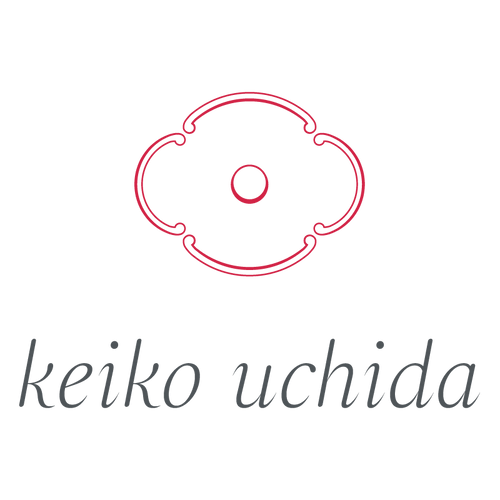As the weather is getting nicer, I had my first picnic of the year last week. I love to eat and read outside, so I’m very glad to be able to enjoy the gentle warm sunshine and fresh air. This is one of the best times of the year!
The 1st week of May is traditionally the time when matcha tea is harvested, so my tea makers are all very busy at the moment. Strong sunshine urges the tea trees to grow quickly, but that produced a bitter taste, so the matcha producers put straw above the tea trees to provide them with shade. This produces the umami and sweetness in top grade matcha tea. The tea makers also shake the straw from time to time, so some of the seeds and pieces of straw fall down to the soil, providing compost for the tea trees. This is a very traditional method, and my tea makers in Kyoto have been using these traditional methods for over 300 years. I like this natural and ecological cycle, and I appreciate the hard work of the tea farmers. It’s much more special than the mass-produced matcha teas, that harvest multiple times a year.
I try to use handmade products and avoid mass-produced products and plastic and other synthetic materials. As I mentioned in my short essay on wabi-sabi, hand made products are never a uniform shape, or perfectly patterned. I like the imperfect shape of a teacup that fits in my hands, and I love vintage and antique products. As our society is now asking for high productivity and high-performance, hand-crafted products are becoming more difficult to find and purchase. One of Japan’s most well-known 20th Century scholars, Soetsu Yanagi, was a great advocator of the mingei movement, mingei meaning ‘craft of the people’. The Mingei movement appreciated the beauty of handcrafted products, including clothing, furniture, eating utensils and stationery, and how these products can bring us pleasure and enhance our lives. Yanagi cofounded the Mingei Museum in Tokyo in 1936. They showcase the work of unknown artists as well as bigger names like Bernard Leach, Shoji Hamada, and others. It’s worth visiting!
My little, luxurious mingei products are the magewappa bento boxes, chopsticks and tenugui cloths. They are all handcrafted, with locally sourced materials.
Magewappa has over 1300 years of history. The northern prefecture of Akita has been producing magewappa for an extremely long time, and many producers come from long lines of craftspeople who passed the skills from generation to generation. In fact, the Odate Folk Museum has a magewappa bento box that is over 1000 years old, and it’s the same shape as the ones I sell! Magewappa is a method of taking a slice of cedar wood and steaming it so you can bend it into shape. The ends are then bound together using the bark of cherry trees. It sounds very organic and natural, doesn’t it?! The cedar has antibacterial properties, as well as moisture-controlling properties, so your food stays fresh and doesn’t get soggy. Magewappa is an incredible and traditional (and functional!) craft, I can’t go back to a plastic bento box now!
We also now have wooden chopsticks, made from the wood of different fruit trees. Each wood is a slightly different colour and has different grain patterns and they are coated in only pure beeswax. The wood is sourced in Fukui prefecture, where the chopsticks are made, and where over 80% of Japan’s chopsticks are produced. These are so much nicer that plastic chopsticks.
I’m nearly reals for a walking trip with my bento box. All I need is a hand-dyed tenugui cloth to wrap my bento box and chopsticks up to carry them!
We know that plastic bento boxes are far cheaper than magewappa, which is an investment, but there are so many benefits – natural antibacterial properties, reducing plastic consumption, and enjoying beautiful, high quality, hand-crafted products for a long time. Using these products also supports the craft industry and local, traditional craftspeople. As Yanagi said, all unknown craftspeople indirectly give us pleasure in our everyday lives.
Enjoy the sunshine and the spring air! We all need gentle sun and fresh air like the matcha tea leaves in Kyoto!

